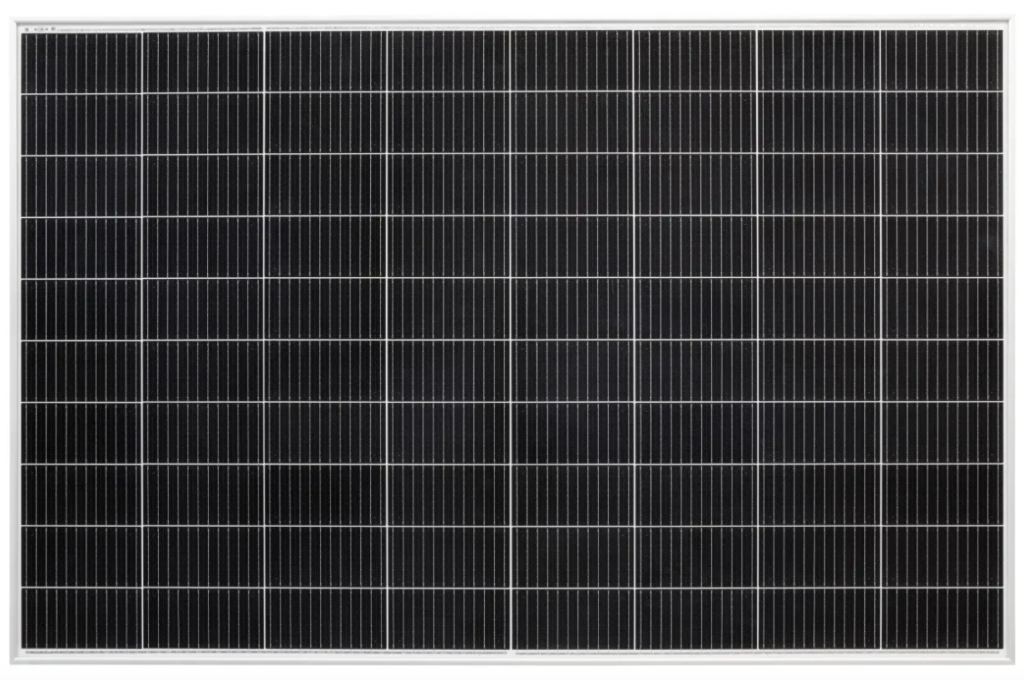Sustainable and large photovoltaic modules, is it possible?
– In 2020, with the economic blessing of the German Government, the Fraunhofer ISE Research Institute launched the KoMoGER project. Objective: To start a sustainable production of photovoltaic modules with a power of more than 400 W at Heckert Solar in Chemnitz, Saxony. This was achieved earlier this year when Heckert Solar launched a line dedicated to new large solar panels.
But the road taken in these three years has been particularly challenging. As part of the initiative, the Fraunhofer ISE carried out the design, pre-development and prototyping of the first units. Scientists have created 400 W photovoltaic modules, based on semi-cells with an efficiency of 20.5%. In detail each panel “is characterized by the use of half-cut cells M12 with twelve busbars and a special arrangement of cells in the so-called cross-string design”, says Dr Christian Reichel, project manager.
read also Perovskite photovoltaics, the inverted architecture marks the record
Half-cells or “half-cuts” are exactly what the name suggests, traditional silicon units cut in half using a laser. In terms of performance, these solar cells can increase the efficiency of the fv module by a few percentage points, thanks to reduced resistive losses and better tolerance to shading.
The 400 MW photovoltaic module factory works thanks to the sun
The work carried out by the German institute also analyzed the entire life cycle, elaborating in detail on supply chains optimized to obtain the lowest CO2 footprint. Then the ball was turned to Heckert Solar who had to expand and modernize its production line to include the new 400 MW panels. The connection of the solar cells – explains a press note – has been particularly challenging: the new M12 cells, considerably larger, increase the efficiency of the solar module, but can not yet be processed in standard European production lines.
This is why, in the framework of the KoMoGER project, a suitable interconnection system has been developed for this format, thanks to Teamtechnik technology. “The further development of strings for the interconnection of solar cells with more than six busbars, as well as the cable interconnection of solar cells in M12 format, were a milestone for us and help ensure that European photovoltaic production systems remain connectable,” says Thomas Fischer, Project Manager at Teamtechnik.
Together with the construction of an additional plant in Langenwetzendorf this year, Heckert Solar should already be able to guarantee an annual production of 400 MW of new photovoltaic modules. “We have already been able to implement part of the production concept for the smallest possible CO2 footprint that was developed in the project. We only use green electricity to produce the PV modules, most of which are generated by our own PV systems on the factory premises. The waste heat from production heats offices and packaging materials are largely reused,” explains Ronny Köhler, head of quality assurance at Heckert Solar. We are currently working on converting our supply chains even more to European module components and the shortest possible transport routes.«

